- About
Yanich Oral Surgery’s mission is to provide world-class patient care and experience in oral and maxillofacial surgery.
Dr. Jason Yanich is an oral surgeon who prioritizes results for every patient at Yanich Oral Surgery.
Explore our blog for expert insights and the latest developments in oral healthcare.
- Procedures
Wisdom teeth can grow at odd angles, only partly break through the gum, or get trapped beneath the gum and bone. This may cause swelling, pain, and illness.
Not only does regaining teeth allow you to eat anything, but dentures also look natural and maintain your face's shape. With dental implants, you can show your pearly whites off with pride!
Severe tooth decay, impacted wisdom teeth, or to make room for braces are some of the reasons for single or multiple tooth extractions.
Before being fitted for a partial or complete denture, some patients require minor oral surgical procedures to minimize discomfort.
Your mouth is normally lined with smooth, coral-pink skin called the mucosa. If you notice any changes in this appearance, it could be a warning sign of a pathological process, such as oral cancer.
An impacted tooth is "stuck" and non-functional. Wisdom teeth are the most commonly impacted teeth, and patients usually have them extracted since there's no functional purpose for wisdom teeth.
Over time, the jawbone associated with missing teeth atrophies. This often leaves behind a lack of bone quality and quantity suitable for dental implants. In these situations, bone grafting becomes necessary to grow new bone in the affected area.
3D dental imaging is a process that uses an X-ray arm that captures images from different angles and sends them to a computer. The computer then puts the images together in three dimensions.
- For Patients
- Referring Doctors
As a referring doctor, you can rest assured that your patients will be in good hands with us.
Refer patients to Yanich Oral Surgery by completing our secure online Patient Referral Form.
- Reviews
- Contact
- Pay Bill
- Request An Appointment

